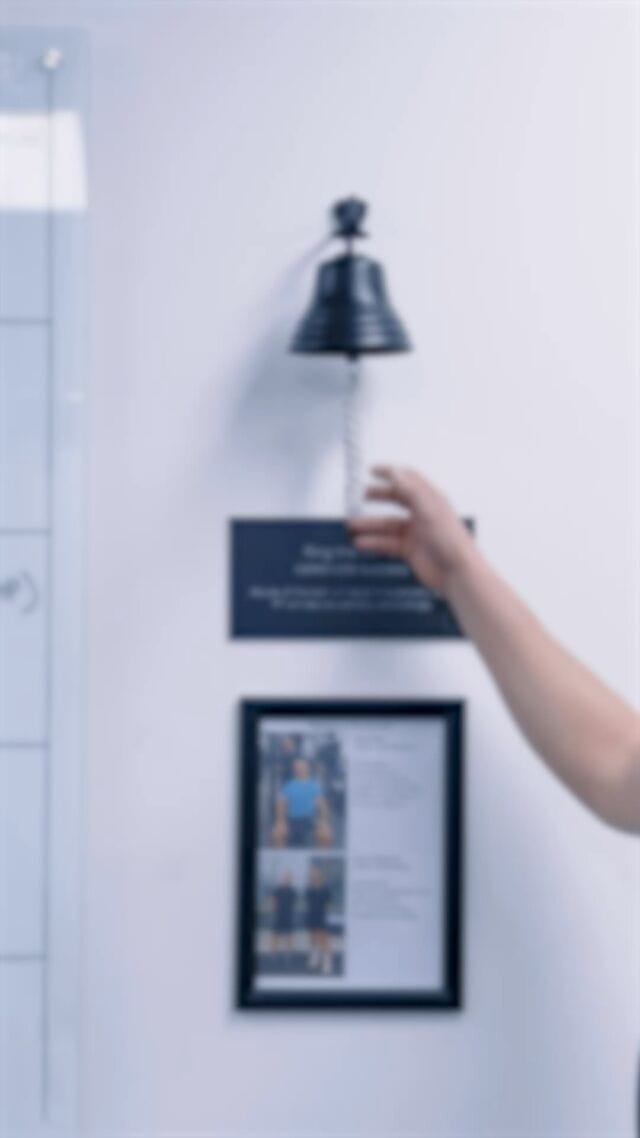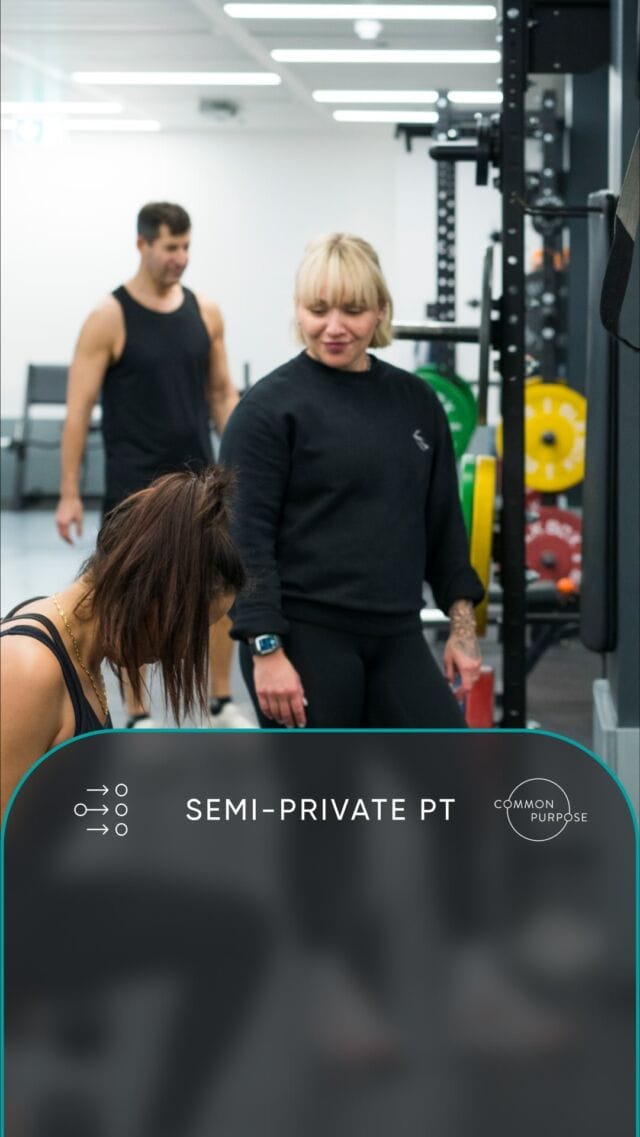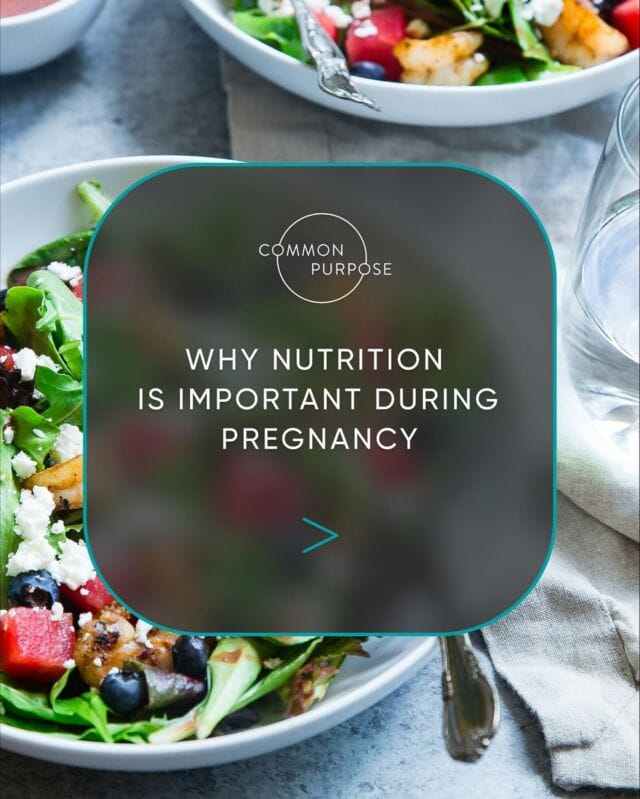Muscle growth is a common goal amongst a lot of our clients. We understand the frustration of not being able to gain muscle and, even worse, not knowing why!
There are endless articles and forums online that address this topic, but we find they tend to fuss over minutiae, such as supplementation, genetics, nutrition timing and minor training variables, adding unnecessary complexity and confusion. The simple “foundation stones” of muscle growth are often overlooked in favour of more interesting, but relatively inconsequential details.
So we decided to answer some of the most common questions we’re asked about muscle growth whilst sticking to the first principles of muscle hypertrophy.
 Common Purpose Team
Common Purpose Team



